[social_warfare]
Where to Visit in Southern France: Your Ultimate Guide to Adventure and Culture
Picture this: you’re sipping a chilled glass of rosé under the warm, golden sun, surrounded by the gentle hum of a bustling marketplace. Welcome to Southern France, a region that promises not just postcard-perfect views but a full sensory immersion into a lifestyle that many dream of but few truly experience.
From the sun-kissed beaches of Nice to the historic streets of Avignon, Southern France offers a tapestry of cultural and natural beauty that beckons urban adventurers and serenity seekers alike.
Whether you’re cruising the glamorous French Riviera or exploring the rugged landscapes of the Gorges du Verdon, every corner of this region has a story to tell.
1. Nice: Sun, Sea, and Art
Nice is where the essence of the French Riviera comes alive – a city that blends artistic elegance with the laid-back beach life. Stroll along the iconic Promenade des Anglais and feel the Mediterranean breeze as you watch the azure waters kiss the pebbly shores.
Venture into the heart of the city to explore the old town, Vieux Nice, where the scent of fresh socca (chickpea pancakes) fills the air. Don’t miss a chance to visit the Musée Matisse, which houses one of the world’s largest collections of Matisse’s works, set amidst the olive trees of the Cimiez neighborhood.
For the best experience, visit during the late spring or early autumn when the weather is blissful and the crowds are thinner. Dining here is a treat; indulge in a salad Niçoise in its birthplace, where the freshness of local ingredients bursts in every bite.
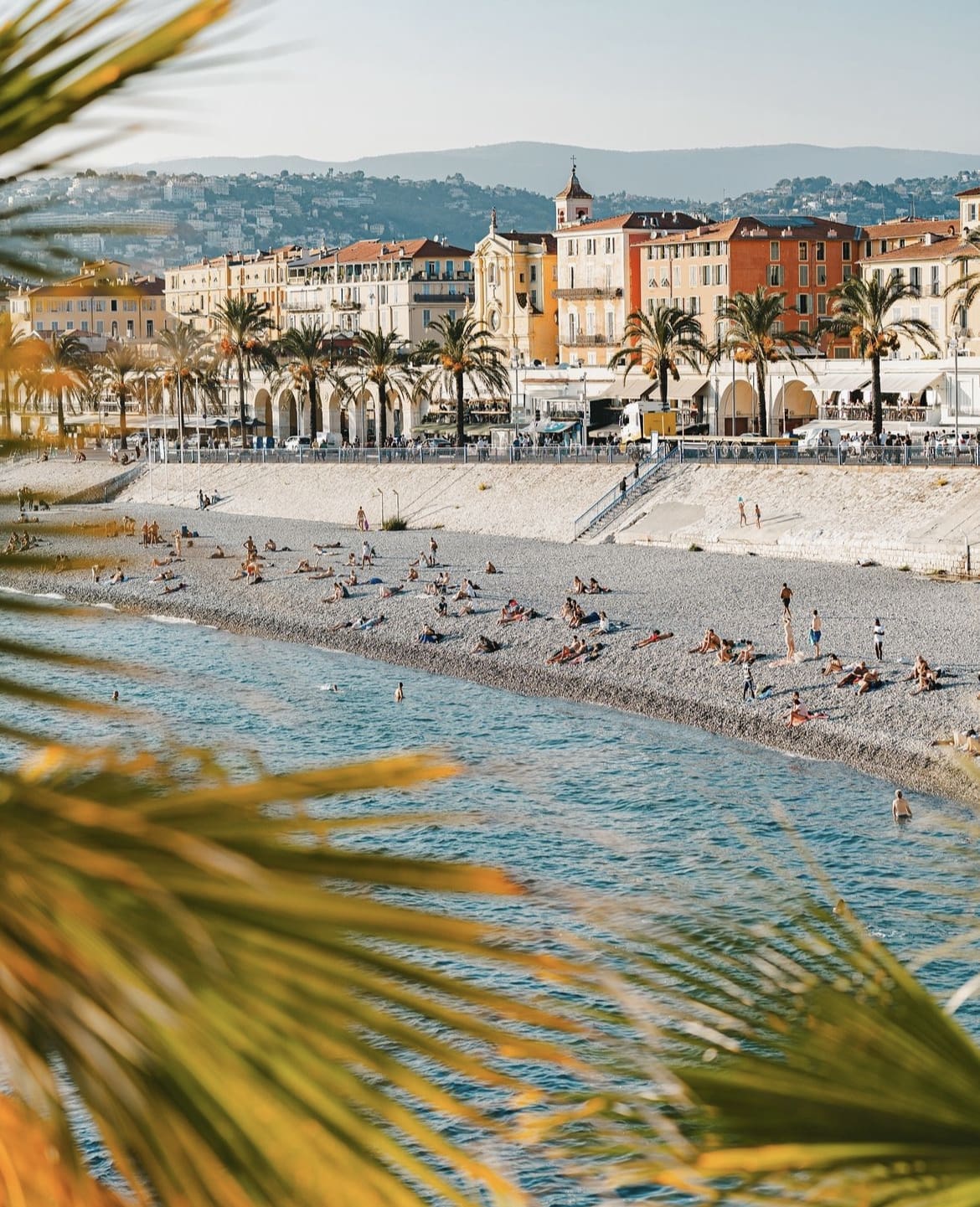
2. Marseille: A Melting Pot of Cultures
Dynamic, diverse, and downright gritty at times, Marseille is the proud heart of the French Mediterranean. As France’s oldest city, its history stretches back to 600 BC, offering layers of cultural richness seen in its architecture, museums, and bustling port life.
Start your visit at the vibrant Vieux Port (Old Port), where fishermen sell their catch of the day against the backdrop of bobbing boats. A short walk away is Le Panier, the oldest neighborhood in Marseille, with its narrow, winding streets offering a stark contrast to the wide avenues of modern cities. The centerpiece of Marseille’s cultural scene is the striking MuCEM (Museum of European and Mediterranean Civilizations), where exhibitions weave together European and Mediterranean history.
Marseille is also the gateway to the Calanques National Park, a stunning area of limestone cliffs and azure waters perfect for hiking and kayaking. When it comes to food, you must try the local Bouillabaisse, a rich fish stew that captures the essence of the city’s maritime heritage.
Safety in Marseille has improved, but it’s wise to keep an eye on your belongings and avoid less-touristed areas late at night.
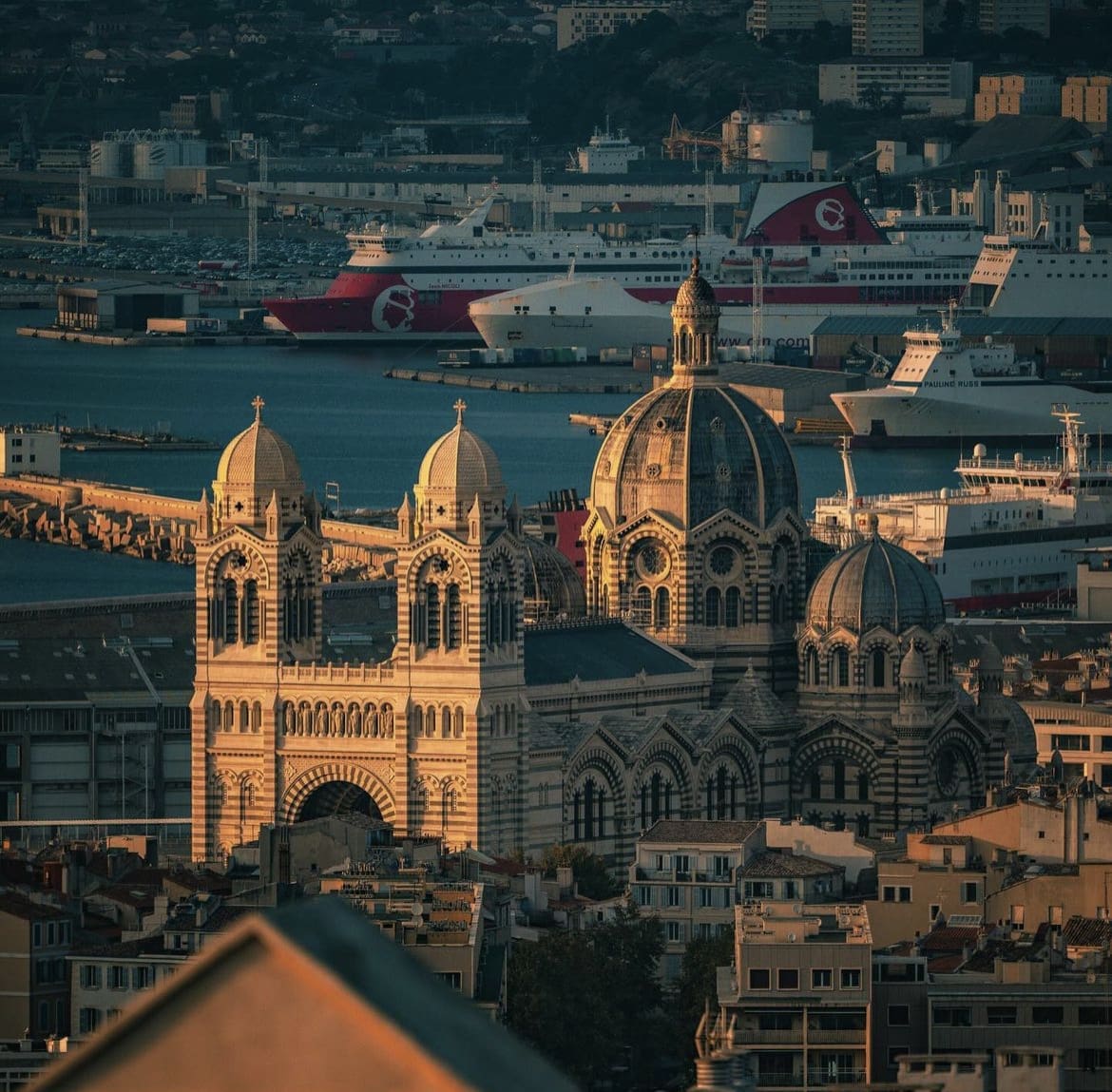
3. Avignon: A Leap Back in Time
Steeped in history and drama, Avignon takes you back to the days when it was the seat of the Popes. The Palais des Papes, a formidable Gothic fortress and palace, stands as a testament to Avignon’s medieval might and is a UNESCO World Heritage site.
As you wander through the cobbled streets, the rich history of this walled city unfolds through its architecture and vibrant cultural scene. If you find yourself here in July, the Avignon Theatre Festival transforms the city into a stage, with performances in every corner, from traditional theaters to public squares.
Accommodations can be scarce during the festival, so book early and be prepared for a lively atmosphere. The local cuisine offers a taste of Provence, with dishes like ratatouille and tapenade that are as colorful as the landscapes around.
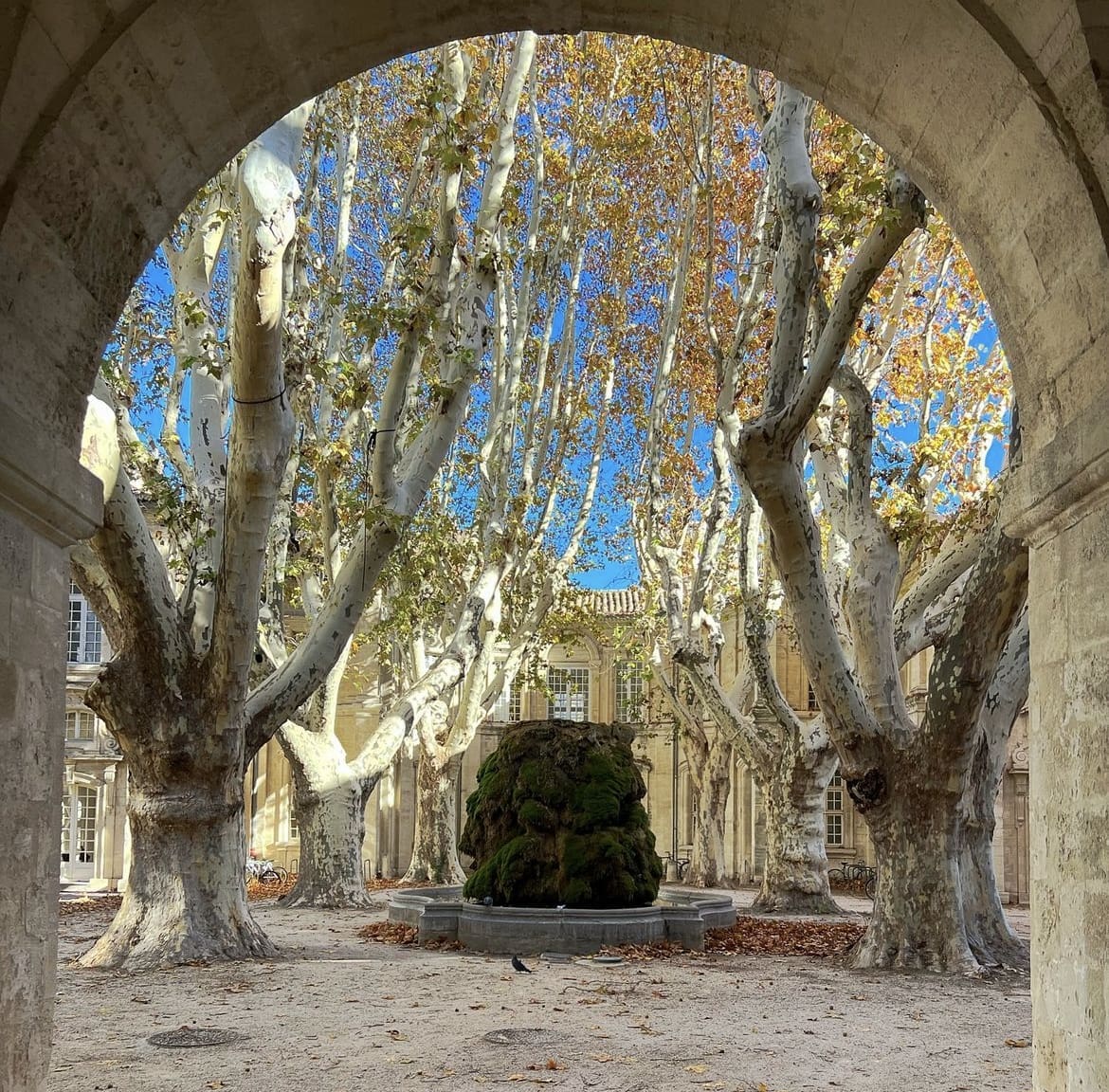
4. Cannes: Glamour and Film
Beyond the glitz and glamour of the famous Cannes Film Festival, the city of Cannes offers year-round charm with its luxurious boutiques, sandy beaches, and elegant boulevards. Take a stroll along the Promenade de la Croisette to soak in the chic atmosphere, where the blue of the sea meets the urban sophistication.
For a day trip, hop on a ferry to the Îles de Lérins, an archipelago just off the coast that offers serene walks and historic sites like the Fort Royal on Île Sainte-Marguerite. Although the film festival in May is the peak time for star-spotting, it’s also when the city is most crowded.
Visiting in the off-season allows for a more relaxed experience, where you can enjoy high-end shopping or a quiet coffee with views of the marina without the festival crowds. And if you’re into film, make sure to check out some of the lesser-known cinemas and film workshops that operate year-round.
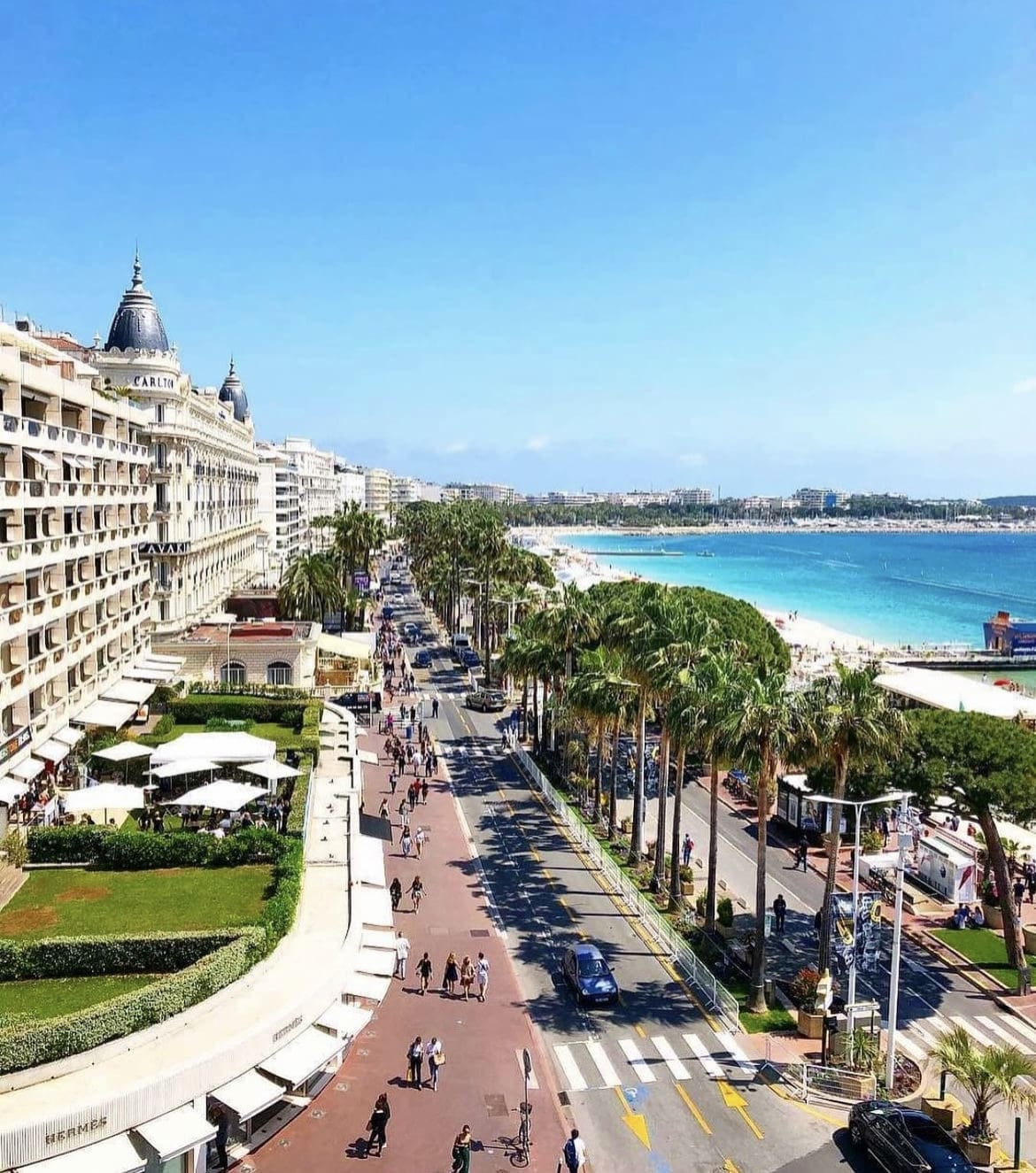
5. Saint-Tropez: Party Like a Star
Once a sleepy fishing village, Saint-Tropez is now synonymous with the jet-set lifestyle, luxury yachts, and exclusive parties. Its transformation is largely credited to the allure of its beautiful beaches and the influx of artists and celebrities in the 20th century.
Spend your days here lounging at Pampelonne Beach, famous for its crystal-clear waters and vibrant beach clubs, or wandering the charming old port with its pastel-colored buildings and quaint cafés. Saint-Tropez’s nightlife is legendary; whether you’re looking for an upscale nightclub or a cozy beachside bar, the town thrives after dark.
For a taste of local life, visit the market at Place des Lices, where you can find everything from fresh produce to handcrafted jewelry. While the summer months bring the biggest crowds, visiting in the early fall offers a perfect blend of lively atmosphere and milder weather, making it ideal for those looking to enjoy the party scene without the peak season rush.
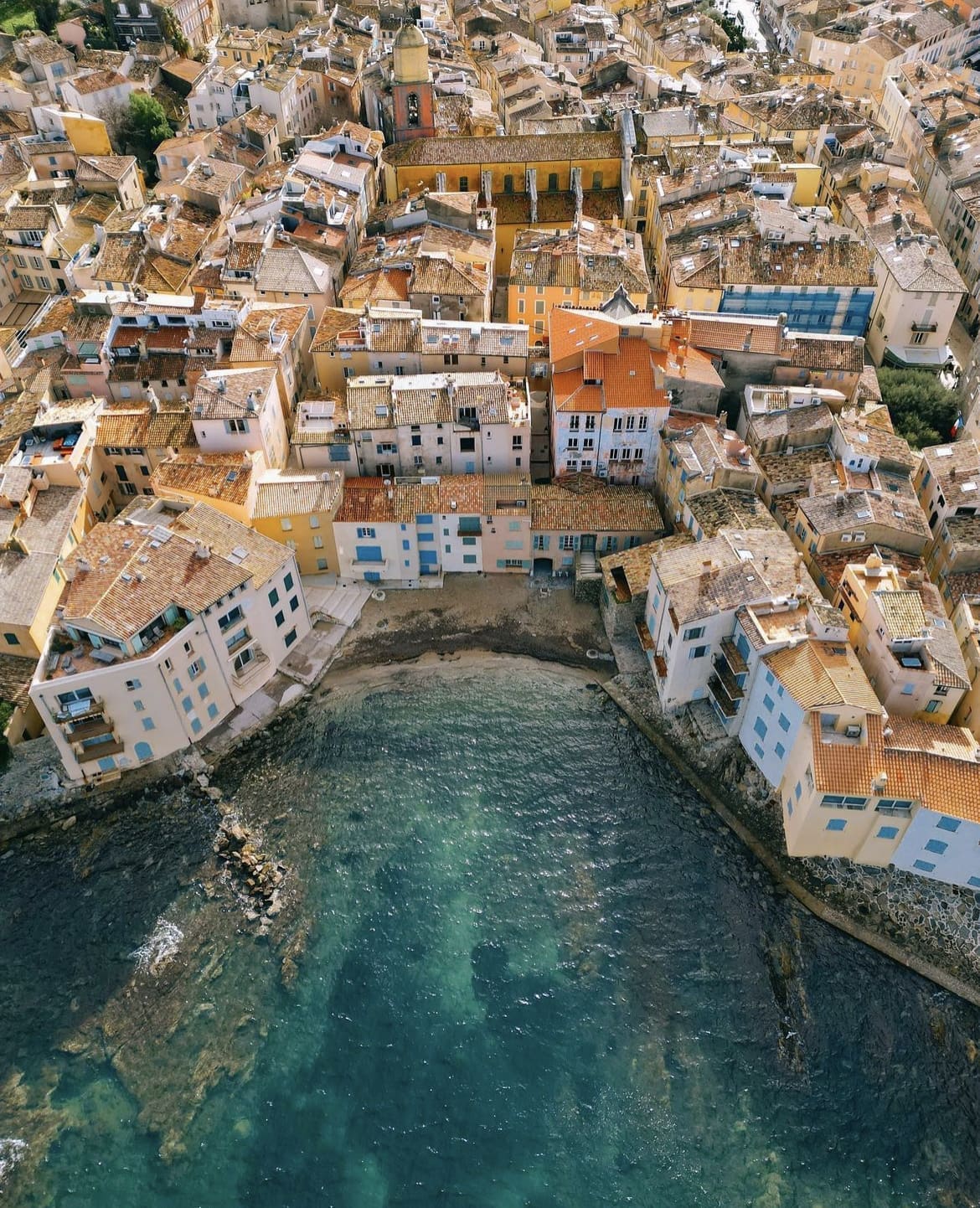
6. Aix-en-Provence: City of a Thousand Fountains
Aix-en-Provence, often simply called Aix, is the quintessential Southern French town, famous for its elegant architecture and vibrant cultural life.
Walking through Aix, you’ll be charmed by the harmonious blend of historic and modern elements, from the Cours Mirabeau, a wide avenue lined with 17th-century mansions and shaded by plane trees, to the lively markets that fill the squares with colors and scents.
Art lovers will be drawn to the Atelier Cézanne, where the famed painter Paul Cézanne worked, which remains much as he left it. The city’s many fountains add a refreshing touch to the warm, sun-filled streets, making for delightful exploration stops.
Be sure to try some local specialties such as calissons, a sweet made of candied fruit and ground almonds, as you enjoy the leisurely pace of life that typifies Aix.
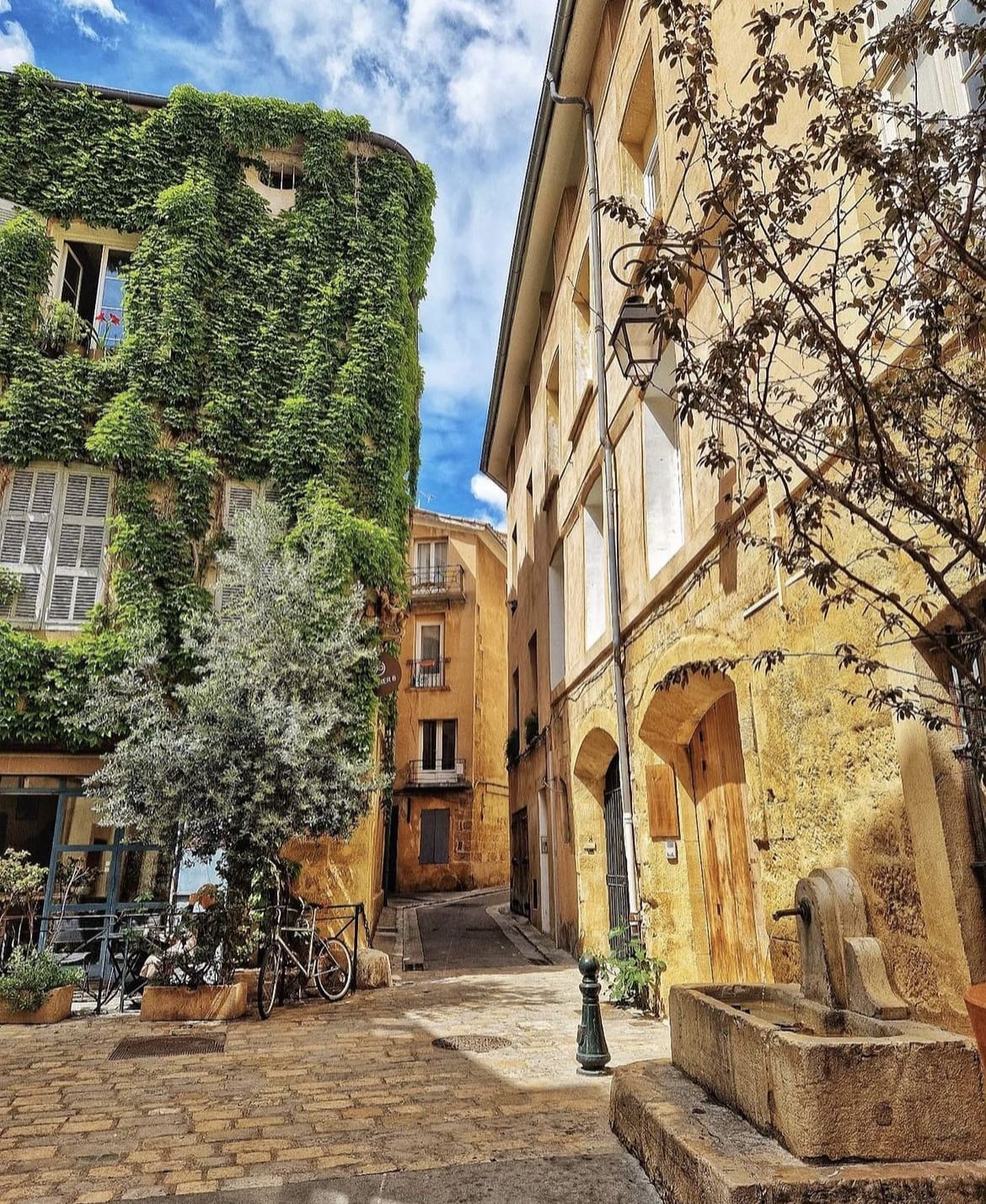
7. Montpellier: The Eclectic Heartbeat
Montpellier is a dynamic mix of the old and the new, with a vibrant student population infusing the medieval streets with youthful energy.
This city is a hub for art and history lovers, featuring numerous museums and galleries alongside contemporary architectural marvels like the Porte du Peyrou, a triumphal arch built in the 17th century, and the Antigone district, a neoclassical neighborhood designed by the Catalan architect Ricardo Bofill.
Montpellier is less touristy than other Southern French cities, offering a genuine taste of local life with its eclectic bars and cafes. The Place de la Comédie, the city’s central square, is a great starting point for newcomers, buzzing with activity and fringed by historic buildings. Here, the charm of Southern France is tangible, set against the backdrop of an energetic, forward-thinking community.
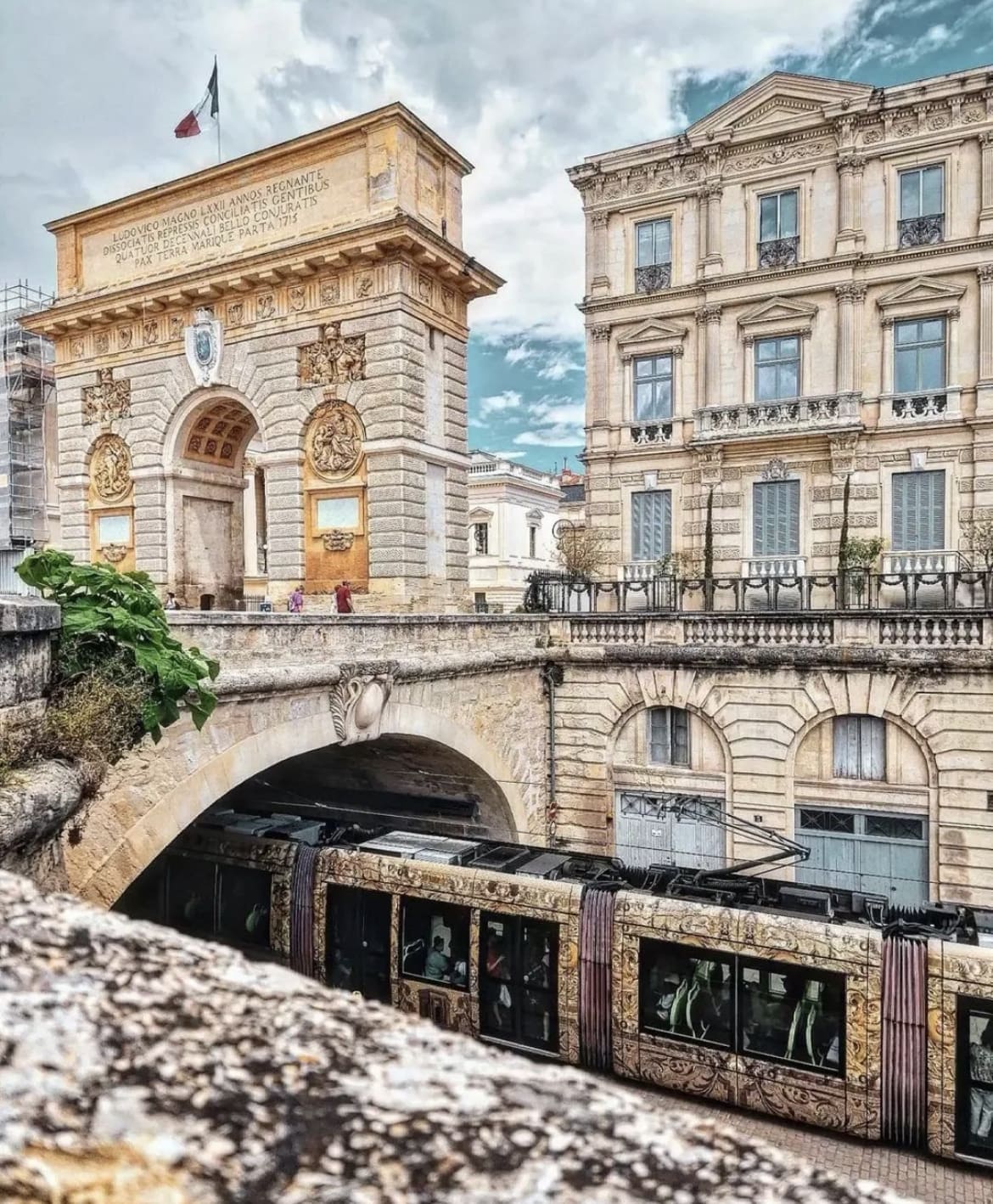
8. Toulouse: The Pink City
Nicknamed “La Ville Rose” (The Pink City) due to the terra-cotta bricks used in many of its buildings, Toulouse stands out with its unique color palette that glows in the sunset light. It’s a city where history intersects with high-tech, housing both a bustling aerospace industry and some of the oldest universities in Europe.
Explore the Basilique Saint-Sernin, a Romanesque masterpiece, and stroll along the Garonne River for some of the best views of the city. Toulouse’s vibrant market scenes, particularly at the Marché Victor Hugo, offer a plethora of local tastes and smells—here, sampling the local sausages and cheeses is a must.
The city’s relaxed atmosphere makes it ideal for those looking to soak up culture at a leisurely pace. With its blend of educational heritage, culinary delights, and pink-hued vistas, Toulouse provides a deeper understanding of the French lifestyle away from the Mediterranean’s edge.
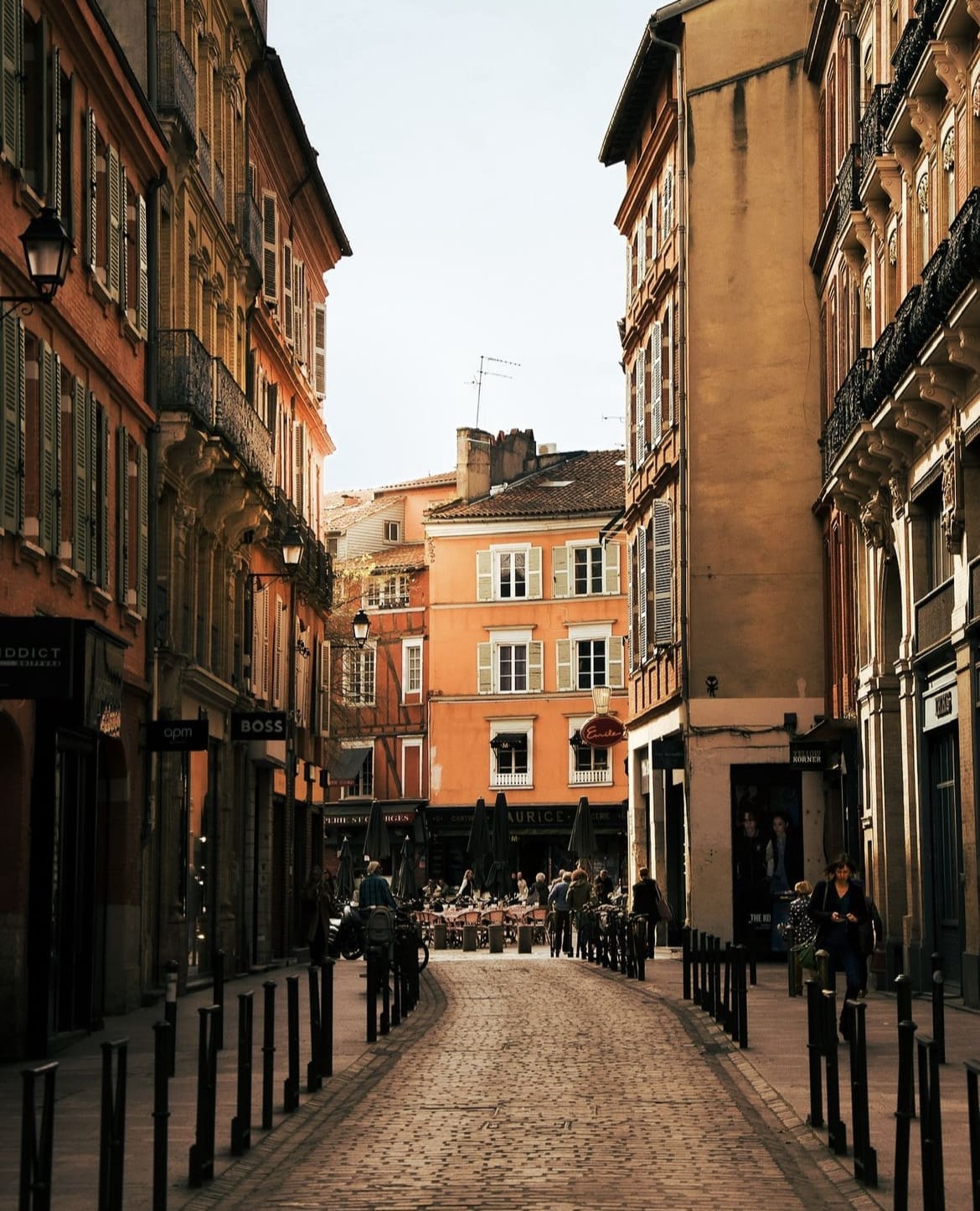
9. Arles: A Canvas of History and Art
Arles is a city where history paints every street, a place where you can walk in the footsteps of Van Gogh and see the landscapes that inspired over 200 of his works. The Roman and Romanesque monuments of Arles, including the ancient amphitheater now used for bullfighting, concerts, and plays, are recognized as UNESCO World Heritage Sites.
Dive into the local history at the Musée Arles Antique to explore artifacts from Arles’ extensive Roman past. Art enthusiasts will delight in following the Van Gogh trail to view the sites where the artist set his easel.
For a truly unique experience, visit in late spring to early summer when the Rencontres d’Arles photography festival turns the city into a gallery, showcasing works from international artists.
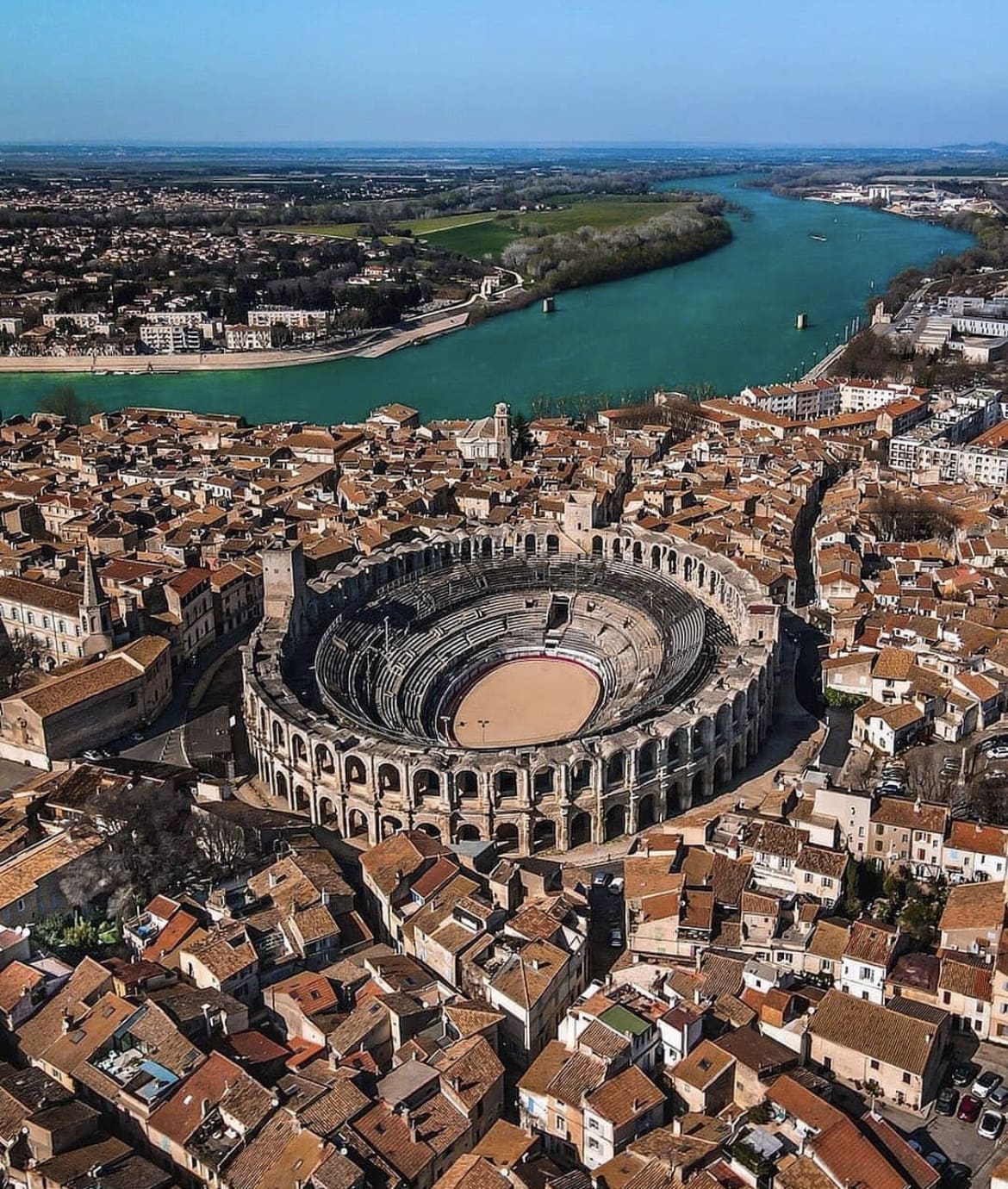
10. The French Riviera (Côte d’Azur): Glamour on the Med
The French Riviera, or Côte d’Azur, is synonymous with luxury and the glamorous lifestyle associated with its stunning Mediterranean coastline. Stretching from Saint-Tropez to the Italian border, the Riviera offers an array of star-studded towns, each with its own character.
Beyond the well-trodden paths of its major cities, the Riviera is dotted with charming hilltop villages like Èze and Saint-Paul de Vence, offering spectacular views and artisanal shopping experiences. The crystal-clear waters invite visitors to sail, swim, or simply soak up the sun.
This region is also an ideal base for exploring the wider Provence area, known for its vineyards and lavender fields. Whether you’re looking for nightlife, culture, or relaxation, the French Riviera provides a picturesque setting with endless activities.
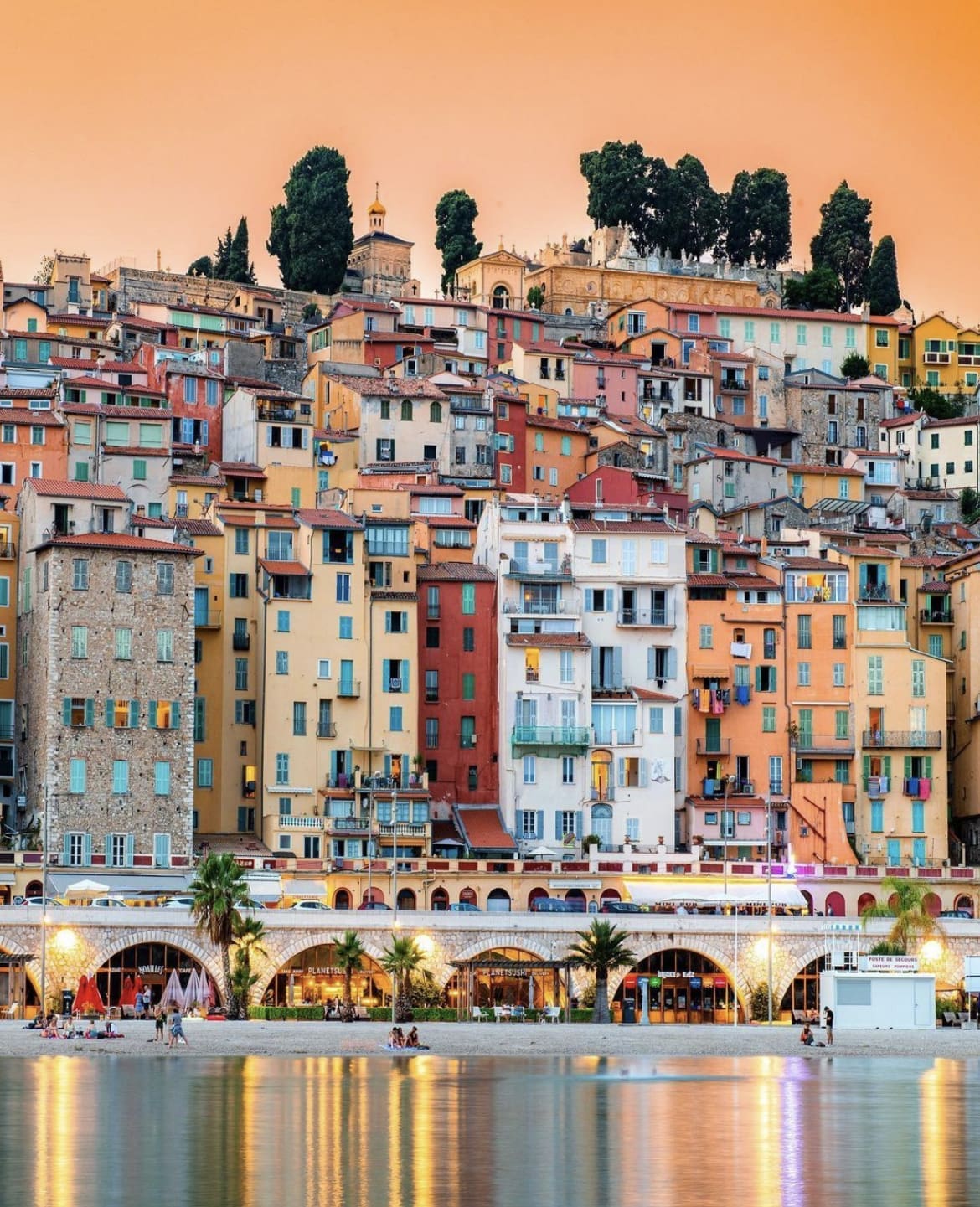
11. Camargue: Wild Beauty
In the Rhône River delta lies the Camargue, an area of raw natural beauty and one of Europe’s largest river deltas. Known for its briny lagoons, wild horses, and pink flamingos, the Camargue offers an escape into nature unlike any other in Southern France.
It’s a paradise for birdwatchers and nature lovers, with numerous trails and guided tours available to explore its vast marshlands. The Camargue is also famous for its salt flats and rice paddies, contributing unique elements to the local cuisine, including the region’s distinct version of paella.
Visiting here provides a stark contrast to the bustling cities and glamorous coastal towns, offering a moment of tranquility and a chance to connect with the wild landscapes of Southern France.

12. Luberon: Quintessential Provence
Luberon epitomizes the idyllic Provencal landscape with its rolling hills, vibrant lavender fields, and picturesque stone villages perched on rocky outcrops. This region is a haven for those seeking peace and natural beauty.
Explore the charming towns of Gordes and Roussillon, where you can meander through narrow streets and discover artisanal boutiques. Hiking enthusiasts will find plenty of trails offering panoramic views and the chance to stumble upon ancient abbeys nestled in secluded valleys.
Luberon is also a culinary delight; be sure to sample the local wines and visit a traditional market to try fresh produce and regional specialties like truffle and olive oil. A visit in the early summer when the lavender is in full bloom will treat you to a landscape bathed in purple and a sensory overload of sights and scents.

13. Gorges du Verdon: Europe’s Grand Canyon
For an adventure amidst breathtaking scenery, the Gorges du Verdon is a must-visit. Known as Europe’s Grand Canyon, this spectacular river canyon is a vibrant turquoise contrast to the stark, rugged cliffs that surround it.
Ideal for kayaking, hiking, or simply enjoying the stunning views from the numerous lookouts, it offers a range of activities that can cater to both the thrill-seeker and the serene observer. The surrounding area provides ample opportunities for camping and picnicking, making it perfect for a family outing or a romantic getaway.
Don’t miss the chance to drive along the ridge of the canyon for some of the most dramatic vistas in Southern France. The Verdon Gorge is not just a place to visit; it’s an experience to be embraced and remembered.
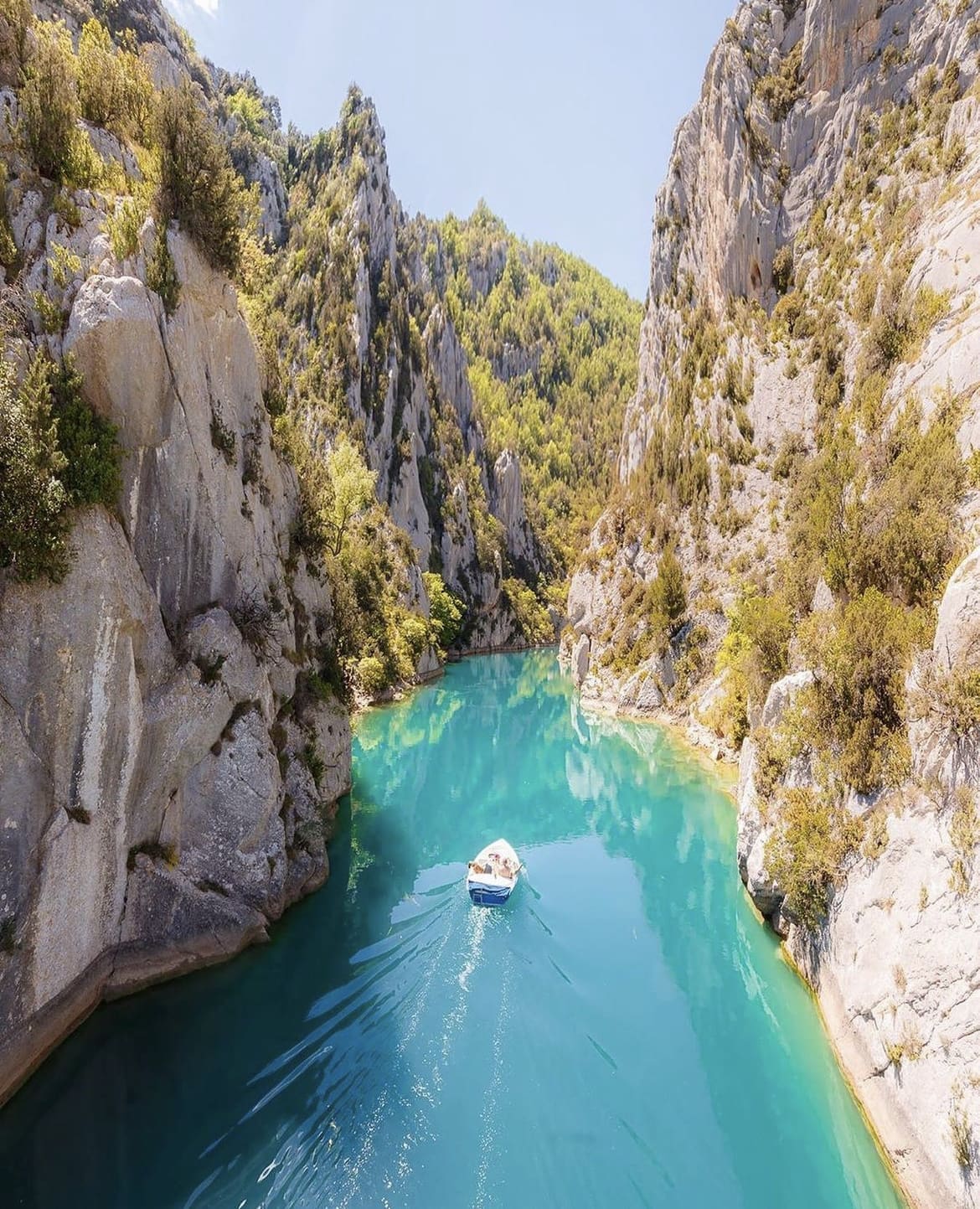
14. Biarritz: Surf and Sophistication
Nestled on the Atlantic coast, Biarritz is a stylish seaside town that has long been a retreat for European royalty and celebrities alike. Today, it is renowned for its world-class surfing beaches, such as the Grande Plage and Côte des Basques.
Beyond the surf, Biarritz is rich with culture, boasting the Sea Museum, which explores marine life through its aquariums, and the Art Deco casino that lights up the night sky. The town’s Thalassotherapy centers offer a unique blend of relaxation and wellness treatments using seawater, perfect after a long day of surfing or exploring.
Dining in Biarritz includes enjoying fresh seafood and Basque specialties, providing a gastronomic complement to its chic, laid-back vibe.

15. Carcassonne: A Medieval Dream
Carcassonne will transport you to another time with its well-preserved medieval fortress that dominates the landscape. This fairy-tale citadel is a UNESCO World Heritage site and offers a stunning example of medieval military architecture.
Wander through the ancient walls and narrow cobblestone streets, imagining life as it was centuries ago. Inside the fortress, lively shops and restaurants provide modern comforts in a historical setting.
For a truly memorable experience, visit during the Festival de Carcassonne, when the city comes alive with music, theatre, and dance performances set against the dramatic backdrop of the medieval walls.

Practical Advice for Travelers
Navigating Southern France is easiest by car, giving you the freedom to explore small towns and remote attractions at your own pace. Trains and local buses also connect major cities and tourist spots. For accommodations, consider charming bed-and-breakfasts or vineyard guesthouses for a more authentic experience.
Sampling the local cuisine is a must; from Provencal ratatouille in Nice to cassoulet in Toulouse, each dish offers a taste of the region’s culinary diversity.
Southern France is more than just a destination; it’s a vibrant tapestry of culture, history, and breathtaking landscapes.
Whether you’re lounging on a beach, exploring a medieval fortress, or indulging in local delicacies, Southern France offers endless opportunities to create memories that will last a lifetime.
